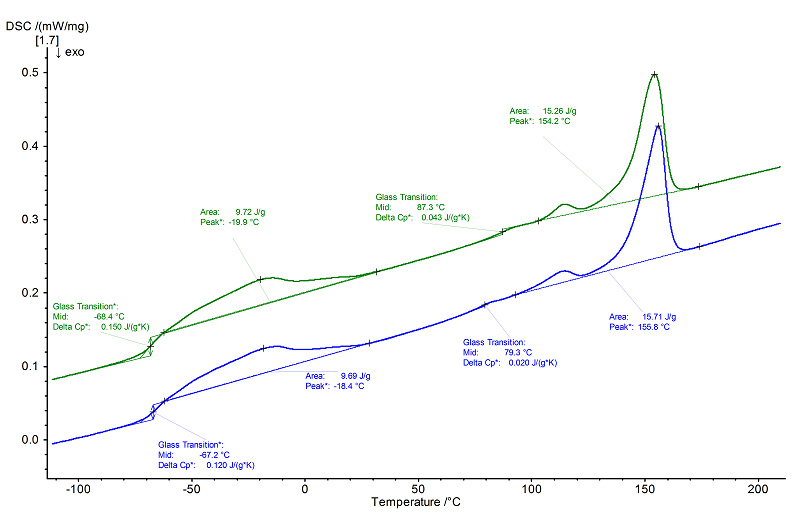TPS: Styrene based TPE
- Short Name
- TPS
- Name
- Styrene based TPE
- Group
- TPEM - Thermoplastic Elastomers
- General Properties
- Chemical Formula
- Structural Formula
-

Properties
- Glass Transition Temperature
- -80 to -50 (butadiene), 85 to 100 (styrene) °C
- Melting Temperature
- 150 to 160 (PP) °C
- Melting Enthalpy
- 20 J/g
- Decomposition Temperature
- 440 to 455 °C
- Young's Modulus
- 10 to 200 MPa
- Coefficient of Linear Thermal Expansion
- - *10¯6/K
- Specific Heat Capacity
- - J/(g*K)
- Thermal Conductivity
- - W/(m*K)
- Density
- 0.88 to 1.30 g/cm³
- Morphology
- Thermoplastic elastomer, copolymer with hard and soft segments
- General properties
- Good hydrolysis resistance. High thermal resistance. Good aging resistance
- Processing
- Injection molding, extrusion, blow molding
- Applications
- Shoe industry (soles). Medical products. Screwdrivers, handles, electric tools (multi-component injection molding with hard and soft segments, whereas TPS represents the soft component)
Internet Links
NETZSCH Measurements
- Instrument
- DSC 204 F1 Phoenix®
- Sample Mass
- 15.25 mg
- Isothermal Phase
- 8 min
- Heating/Colling Rates
- 10 K/min
- Crucible
- Al, pierced
- Atmosphere
- N2 (40 ml/min)

Evaluation
The present material is a blend from the tri-block copolymer and PP. In the 2nd heating (green), a glass transition can be seen at -68°C (midpoint), followed by a broad, endothermal effect (peak temperature -14°C), both of which are related to the butadiene component. A small glass transition for the polystyrene component can be seen at approx. 85°C (midpoint). This is followed by two endothermal effects with a total melting enthalpy of approx. 15 J/g; a smaller one at 115°C and a larger one at 154°C (peak temperature). The main peak is attributable to the melting of PP. The smaller peak at 115°C may be due to the presence of some PE. The DSC curves from the 1st and 2nd heatings are nearly identical.